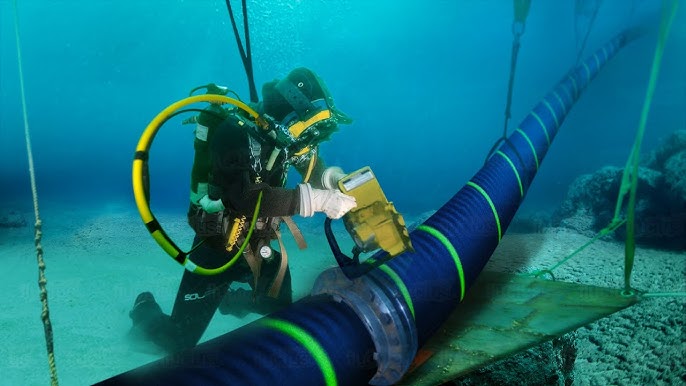
In 2022, something strange happened: internet cables under the sea were mysteriously severed near France. It wasn’t a natural disaster, and it wasn’t just a malfunction. Someone (or something) had cut the cables, leaving Europe’s internet access in chaos.
It sounds like the plot of a cyberpunk thriller, but it was very real. Undersea internet cables are the backbone of global communication, transmitting trillions of dollars in data every day. So when they were snapped, it wasn’t just an inconvenience — it was a full-on digital crisis.
The attack left large parts of Europe’s internet in disarray, with reports of slowdowns and outages spreading across the continent. Was it an accident? Or was it something more sinister? One thing’s certain: no one saw it coming.
While authorities have remained tight-lipped about the true cause, some have speculated that this was a targeted cyberattack. Could it have been a test to see how vulnerable the global internet infrastructure is? Theories abound that this attack was a dry run for something larger — perhaps a future attack on global communication networks.
Some experts believe that this is just a glimpse into a world where cyberattacks are conducted in new, more mysterious ways. Others think it could be the work of cybercriminals testing the waters for an even larger-scale heist. The fact that it went unnoticed until the damage was done has raised more than a few eyebrows.
In today’s interconnected world, the idea of disrupting the internet is almost too chilling to contemplate. The incident raised questions about the vulnerability of undersea cables, which, despite their massive role in global data exchange, are often poorly monitored and sometimes even poorly protected. Could it be that the next global crisis could come not from a virus or hacking group, but from something as simple as a pair of scissors and a well-placed cable cut?
One thing’s for sure: the internet is far more fragile than most of us realize.
No comments yet. Be the first to comment!